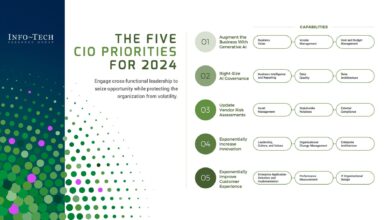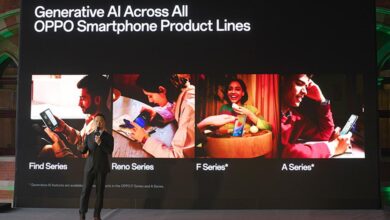What is generative AI and why is it so popular? Here’s everything you need to know

Generative AI models take a vast amount of content from across the internet and then use the information they are trained on to make predictions and create an output for the prompts you input. These predictions are based on the data the models are fed, but there are no guarantees the prediction will be correct, even if the responses sound plausible.
The responses might also incorporate biases inherent in the content the model has ingested from the internet, but there is often no way of knowing whether that’s true. These shortcomings have caused major concerns regarding the spread of misinformation due to generative AI.
Also: 4 things Claude AI can do that ChatGPT can’t
Generative AI models don’t necessarily know whether their output is accurate. Users are unlikely to know where information has come from. They are also unlikely to understand how the algorithms process data to generate content.
There are examples of chatbots providing incorrect information or simply making things up to fill the gaps. While the results from generative AI can be intriguing and entertaining, it would be unwise, certainly in the short term, to rely on the information or content they create.
Some generative AI models, such as Copilot, are attempting to bridge that source gap by providing footnotes with sources that enable users to understand where their response comes from and verify its accuracy.



